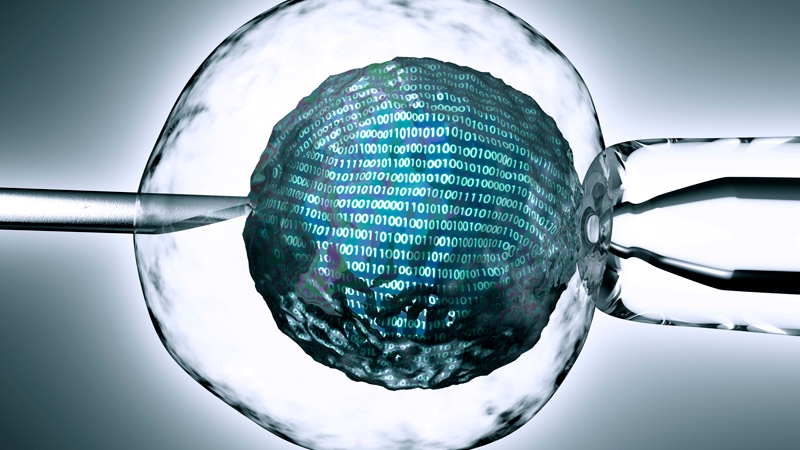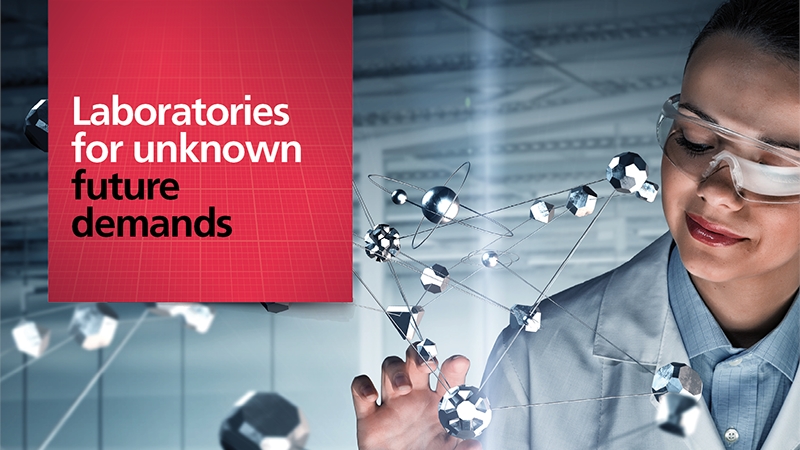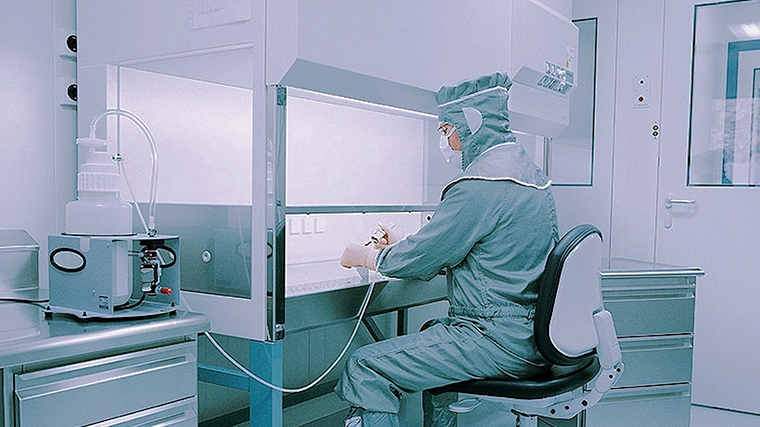Cell and gene therapies are on the rise, with the FDA accelerating approvals and some treatments already on the market. But the path to successfully develop, produce and launch a cell or gene therapy product introduces a fundamental dilemma.
Being fast to market is paramount, but this means making decisions based on moving targets with respect to regulations and technologies. In this TechTalk article, we’ll shine more light on some key issues and discuss how to move forward in the best possible way.
What's the difference between cell and gene therapy manufacturing?
Cell and gene therapies are fundamentally different and will therefore exhibit different pain points when it comes to facility design. However, both approaches can alleviate or even cure genetic and acquired diseases that previously were difficult or impossible to treat, so pharma companies are required to move forward and make these therapies available to patients.
- Gene therapy involves transferring genetic material to a patient, usually with a viral vector as carrier platform. The gene is then introduced into the appropriate cells of the body. Multiple types of gene therapy exist, the main ones being gene addition, gene correction or gene silencing.
- Cell therapy involves the transfer of relevant cells into the patient and can be divided into two major categories:
- Allogeneic cell therapies: the cells of a donor are used for the treatment which can be used for multiple patients.
- Autologous cell therapies: the patient's cells are used for the treatment.
Gene therapy may overlap into cell therapy. For instance, with CAR-T cell therapy, immune system T-cells are isolated from the patient, genetically modified in cell culture to express a new gene coding for recognition of cancer cells, then expanded to sufficient numbers and returned to the patient.
In this article, we will focus on common challenges when designing a facility to produce cell or gene therapies, going into the individual pain points of each therapy area in later TechTalk articles.
Building flexible facilities fast
When it comes to choosing your facility and layout, there are some things cell and gene therapy have in common.
First, cell and gene therapies are in high demand and time to market is critical. Many companies have multiple therapies in clinical trials, so knowing where and when to invest money in a facility can be difficult. However, viable therapies have the potential to treat patient groups where there is currently no cure and may be eligible for fast-track regulatory approval. Therapies commonly receive breakthrough status, qualifying for expedited review by authorities. Therefore, companies must be able to produce for commercial supply quickly after submission. Having a strategy for producing for clinical at commercial scale simplifies tech transfer and ensures sufficient production capacity is ready from day one after approval.
Having a strategy for producing for clinical at commercial scale simplifies tech transfer and ensures that sufficient production capacity is ready from day one after approval."
Second, facilities for cell and gene therapies must be highly flexible and future-proof due to the previously mentioned ongoing developments in regulations and technologies. Fast to market often means processes are not fully developed when equipment is purchased, and the facility constructed. Therefore, a generic and adaptable design approach is key to execute the project quickly and avoid delays. In addition, initially it will be necessary to use a manufacturing tech platform similar to the one used in development. Thus, the space must be adaptable for integrated and more automated solutions in the future.
Because of this, we need a new approach to choosing, designing and building facilities. Facilities must be up and running quickly, for example, so greenfield projects may be off the table. Instead, revamping an existing facility shell or room with certain elements in place, such as building shells, some utilities and infrastructure can save time.
In addition, facilities may utilize single-use equipment, with flexible hook-up points and large unobstructed floor layouts, allowing for flexibility and changes in equipment. It should also be possible to downgrade cleanrooms and resize areas without major reconstruction.
Finally, flexible facilities are important for increasing production capacity in the future. They allow companies to either scale up, buying larger equipment and increasing the batch volume, or scale out, using multiple work stations with the same smaller volume.
Increasing production capacity for cell or gene therapies
The challenges of scaling up or scaling out cell and gene therapies are multifaceted and will differ depending on the cell or gene therapy in question.
For example, for autologous cell therapy, where there is one batch per patient, scale-out is the preferred approach. Due to the inherent development-manufacturing nature of autologous products and the common need for non-standard (patient-specific) protocols, multiple, skilled operators are still required in the scale-out scenario. And access to these can be a limiting factor for scale-out capacity increase.
Alongside this, optimal equipment with sufficient flexibility and mature automation for truly industrialized production is not yet available or standardized across equipment types. There are some workarounds, but manual handling will be necessary until these processes and equipment are developed in the future.
Optimal equipment with sufficient flexibility and mature automation for truly industrialized production is not yet available or standardized across equipment types.
If viral vectors are used in gene therapy or cell therapy, the appropriate level of biocontainment is vital due to the potency and biological activity – including that of the human patient-specific cells in autologous cell therapy. This will play a key role in facility layout, segregation, HVAC requirements and flows of material, people and waste.
For allogeneic cell therapy, where cells from a donor are used for multiple patients, scale-up is possible with larger volume bioreactors. The pain points of this process are similar to traditional biologics production, recognizing that biological products are difficult to control and need a high level of monitoring. Again, the cell-based therapies will not be able to ensure absence of bioburden by passing through sterilizing filters (as the product itself would be removed), so strict adherence to aseptic processing standards is required in both process equipment and facility design.
Although technology and equipment may currently be less than optimal, the need for innovation to simplify and standardize these processes is driving development.
Read more about the challenges of scale-out and mature automation for gene therapies in Jens Bruun’s article Cracking the automation code for gene therapy manufacturing.
Taking cell and gene therapy from the lab to a certified GMP facility
When transitioning from research and development to cGMP manufacturing, it is vital to involve GMP expertise very early on. Also, as mentioned above, facilities must be designed with a multiphase/multi-product approach to ensure all regulations are fulfilled and that tech transfer is rapid and straightforward.
In Europe, cell and gene therapies are covered by the guidance for Advanced Therapy Medical Product (ATMP) published by EMA in May 2018. But while there are cGMP guidance for these product types, many challenges and questions remain. For instance: How can one be sure the product is safe when it does not follow the traditional clinical phases with a high number of clinical test persons? Or how does one ensure variability control when the starting material received from individuals vary from person to person?
We will dig deeper into the GMP and compliance challenges for cell and gene therapies in a separate article coming out soon.
The potential for new cell and gene therapies in the future
The potential for cell and gene therapies is immense - currently, the range of cell types in use for therapeutic purposes may be limited – but over the next few years, many more cell types will likely be in use as clinical trial programs mature. For gene therapy, the potential for new therapies is similarly immense, since almost any gene in the human genome can be targeted and since gene therapy used in combination with cell therapy may open entirely new doors for novel therapies.
This emphasizes how important it is to design for flexible and adaptable facilities – and the potential that cell and gene therapies represent overall. Stay tuned for our coming TechTalk articles, where we dig deeper into the facility and manufacturing challenges related to cell and gene therapy, respectively.



